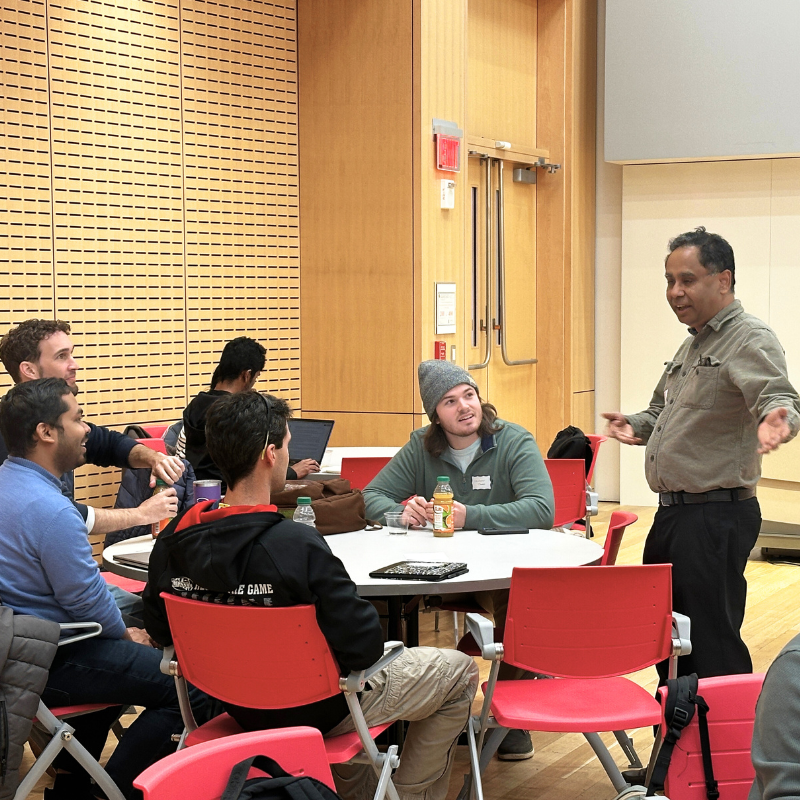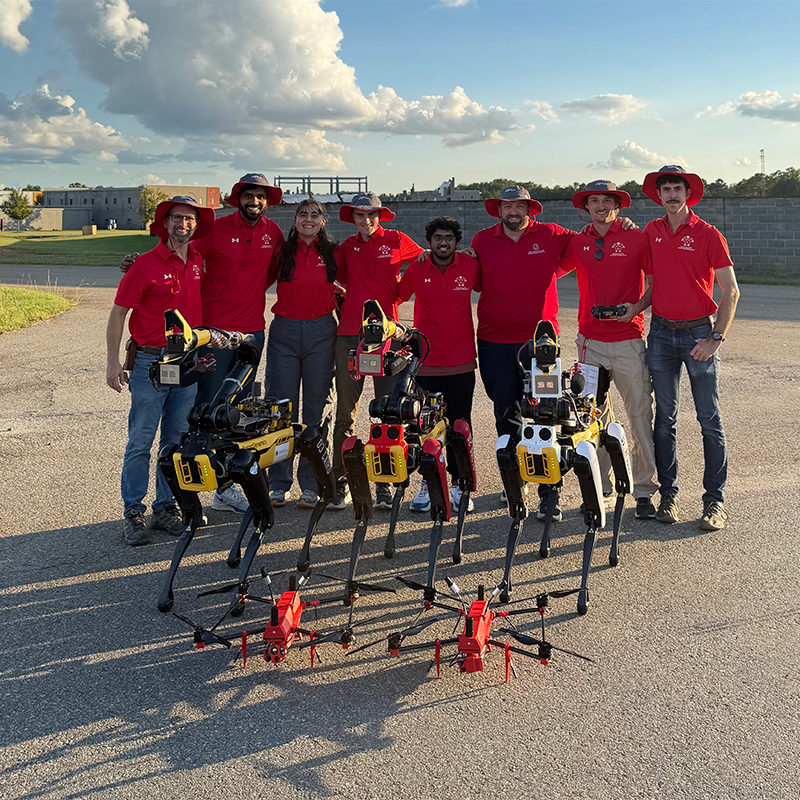News Story
S.K. Gupta receives NSF grant for nanoassembly research
Professor S.K. Gupta (ME/ISR) is the principal investigator for a new National Science Foundation CDI-Type 1 grant, High-Performance Simulations and Interactive Visualization for Automated Nanoscale Assembly. The three-year, $550K grant will develop a fundamental understanding of the interaction of nanocomponents with trapping fields. Amitabh Varshney (CS) is the co-PI.
Assembling nanoscale components to make functional devices remains a grand challenge despite rapid advances in imaging, measurement, and fabrication at the nanoscale.
While manipulation techniques for nanocomponents are finally emerging, they currently lack automation. This seriously limits the rate at which new nanocomponent-based devices can be invented. Developing an understanding of the interaction of nanocomponents with trapping fields will aid the development of automated real-time planning algorithms.
Understanding different ways in which components can interact with the trap requires dense sampling of the planning parameter space using millions of computationally intensive simulation runs. The research will develop a GPU-based simulation infrastructure for simulating trap and nanocomponent interactions. In addition, algorithms for automatically constructing simplified assembly process models from simulation data will be developed. The researchers will develop visualization tools for enhancing the understanding of the nanoscale assembly processes, and identify and characterize real-time motion planning strategies for nanoscale assembly processes.
The research will lead to a reliable, efficient, and automated assembly process for fabricating nanocomponent-based devices. This assembly process will enable nanotechnology researchers to explore new design possibilities in nano electronics, nano photonics, and bio-inspired sensors. Automated assembly capability will also allow the cost-effective exploration of a large number of design options, accelerating discovery and invention. This should reduce the need for manual assembly operations and will make nanomanipulation significantly less labor-intensive, making the manufacturing of nanodevices more cost-competitive.
Published September 18, 2008









